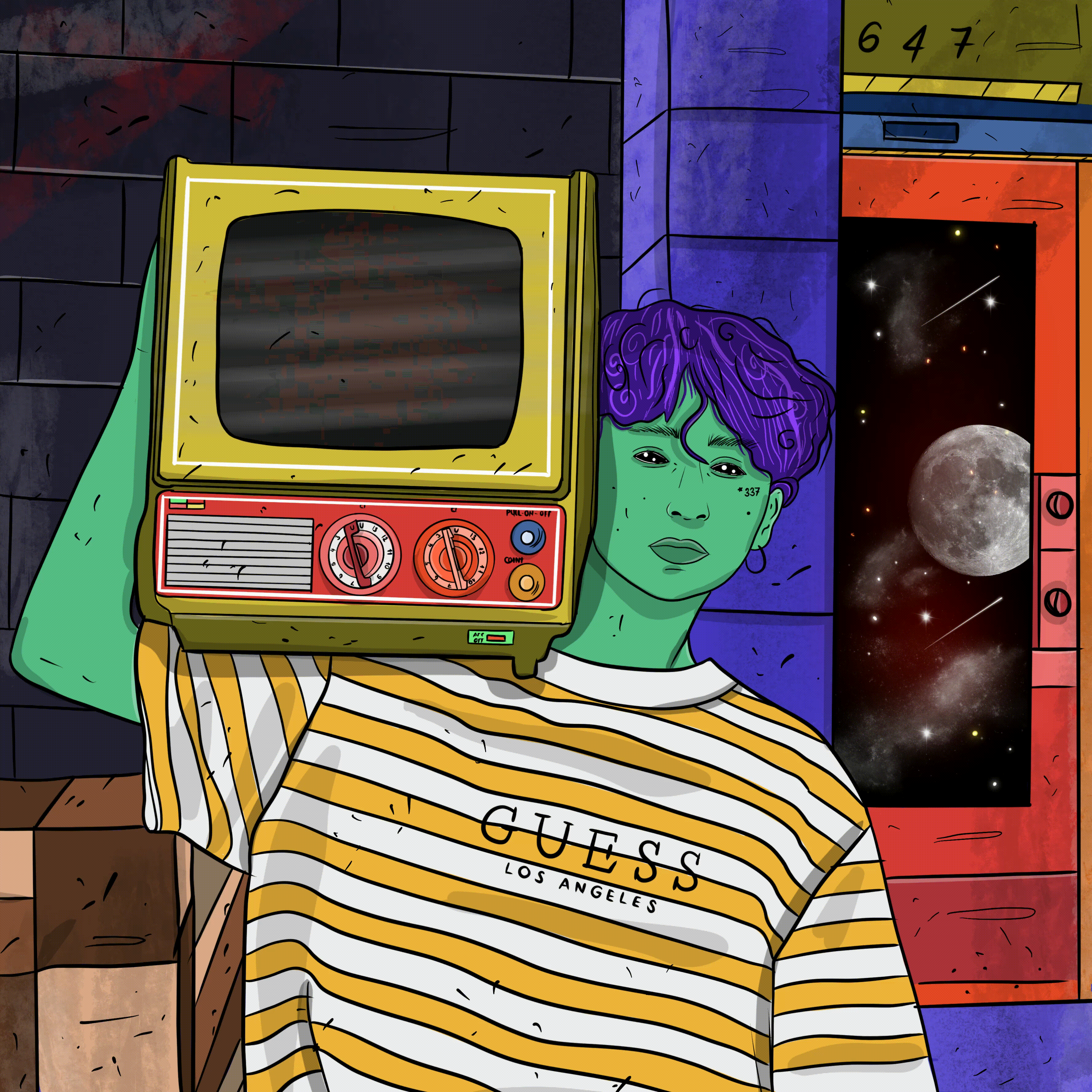Non Fungible Token

So welcome home..:)”, 2021, X/15, minted on Tzezos-blockchain, B+P Cryptoart Collection.
Non Fungible Tokens have become a serious asset in the art world. They are digital files like images, short animated gifs or videos that are linked to a blockchain-based, unchangeable data set (artwork further only referred to as NFT). The technical process by which an NFT is tied to a digital file is called „minting“. This immutability of the token means that they can be traded, bought and sold. There are singular works of art tokenized, but also edition works.
Link⇒: NFT Cryptoart in the Bottler + Pracher Collection
Viewer and owner
Unlike traditional artworks, the original artwork can be viewed, shared, distributed and downloaded. The distribution is even welcomed, since a higher popularity can increase the value. With this, the artwork is available to all, but the actual owner is only one person, the verifiable buyer (or the artist). An interesting characteristic of the NFTs is that the artist or creator receives a certain percentage of the trade proceeds every time his work is sold again. In addition to the primary market, i.e. direct sales by the artist/creator, there is thus a secondary market on which works that have already been traded are sold.
NFT Exchange platforms
NFTs are issued and traded on exchange platforms such as www.rarible.com, www.foundation.app, www.superrare.co, www.opensea.io or www.hicetnunc.xyz. In in-time-based auctions, bids are placed or instant prices are accepted. Purchases are mostly made with cryptocurrencies such as ETH (Ethereum) or XTZ (Tezos), depending on the blockchain, the token is embedded in. Due to the strong fluctuations in the crypto currencies, the value of the requested price(!) also fluctuates. Both collectors and artists are present on these exchanges with their own profiles. The created and traded artworks are shown on the profiles. Thus, it can be traced for each work of art who the artist and the current owner is, when it was traded and even who(!) placed bids in an auction. On the one hand, this creates a transparent traceability and provenance, but on the other hand, a lack of transparency, since only profile names are used, not real names. Who the real artist, bidder and buyer is, remains in the dark.
